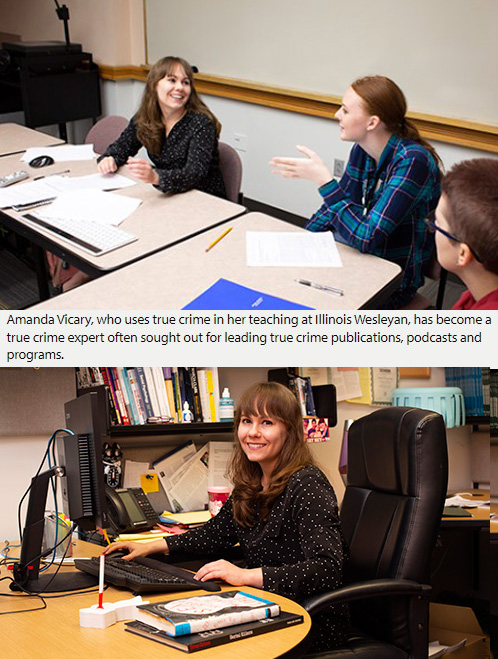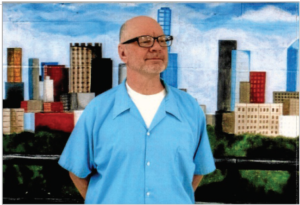FBI and Justice Department admits flawed testimony in hair microscopic examinations
WEBSITE AUTHOR COMMENT: The prosecution of Barton McNeil used hair microscopy to convict Bart. Five individual long strands of hair were found clasped in the hands of Christina McNeil when her lifeless body was found. The hairs being found after paramedics and police were summoned. It was Barton’s former wife and mother of Christina McNeil, Tita McNeil, who first noticed the strands of hairs inexplicably found in her dead daughter’s hands and twisted around her forearm of such great length they were. Barton knew that these hairs had to relate to the person who murdered his daughter, or a nearby accomplice. The State sent the hairs in for a hair microscopy examination and were determined to have originated from the victim herself. So we are to believe that hair strands that were each longer than the hair strands of the victim herself, who had just had her hair professionally cut earlier that same day, and clasped in the hands of the victim belonged to herself? That the victim during the act of being smothered would have pulled out her own hair? Barton knew this to not be true. Hair Microscopy examinations typically involve the analysis of 23 different unique traits relating to hair that is studied. For example was the hair ever dyed? For the victim Christina, her hair was never once dyed. Had the five strands of hairs been shown to have been dyed, then this would clearly demonstrate evidence of an intruder. However the State did not want that. As such the Hair Microscopy examination identified just 13 out of the typical 23 traits as likely many others would have shown differing characteristics between the hair found clutched in Christina McNeil’s hands, versus those of hair standards taken from her own hair.
The Justice Department and FBI have formally acknowledged that nearly every examiner in an elite FBI forensic unit gave flawed testimony in almost all trials in which they offered evidence against criminal defendants over more than a two-decade period before 2000.
Of 28 examiners with the FBI Laboratory’s microscopic hair comparison unit, 26 overstated forensic matches in ways that favored prosecutors in more than 95 percent of the 268 trials reviewed so far, according to the National Association of Criminal Defense Lawyers (NACDL) and the Innocence Project, which are assisting the government with the country’s largest post-conviction review of questioned forensic evidence.
The cases include those of 32 defendants sentenced to death. Of those, 14 have been executed or died in prison, the groups said under an agreement with the government to release results after the review of the first 200 convictions.
The FBI errors alone do not mean there was not other evidence of a convict’s guilt. Defendants and federal and state prosecutors in 46 states and the District are being notified to determine whether there are grounds for appeals. Four defendants were previously exonerated.
The admissions mark a watershed in one of the country’s largest forensic scandals, highlighting the failure of the nation’s courts for decades to keep bogus scientific information from juries, legal analysts said.
Problems with the FBI forensic lab were a staple of InstaPundit in its very earliest days. And yet. . . . Would a private organization with such low standards have survived?




